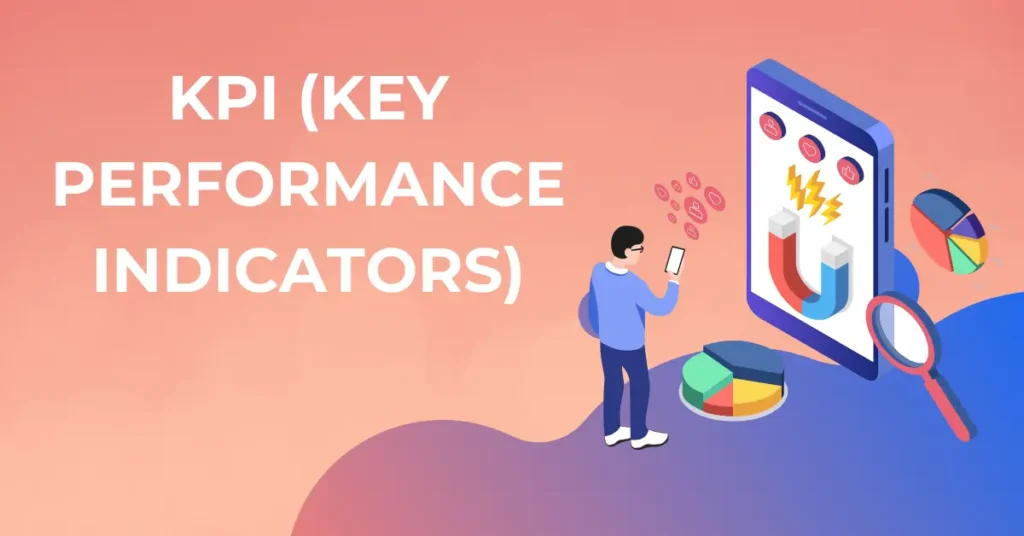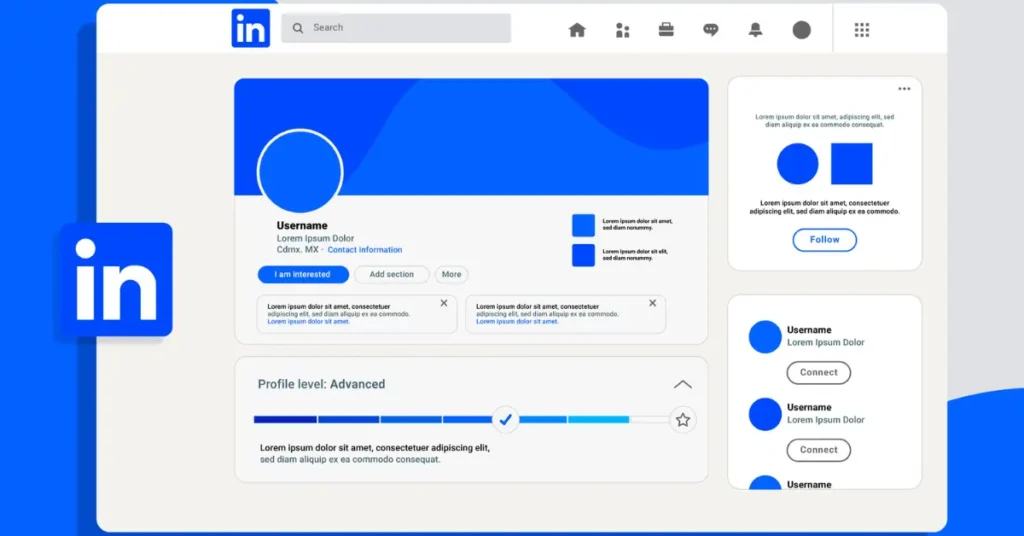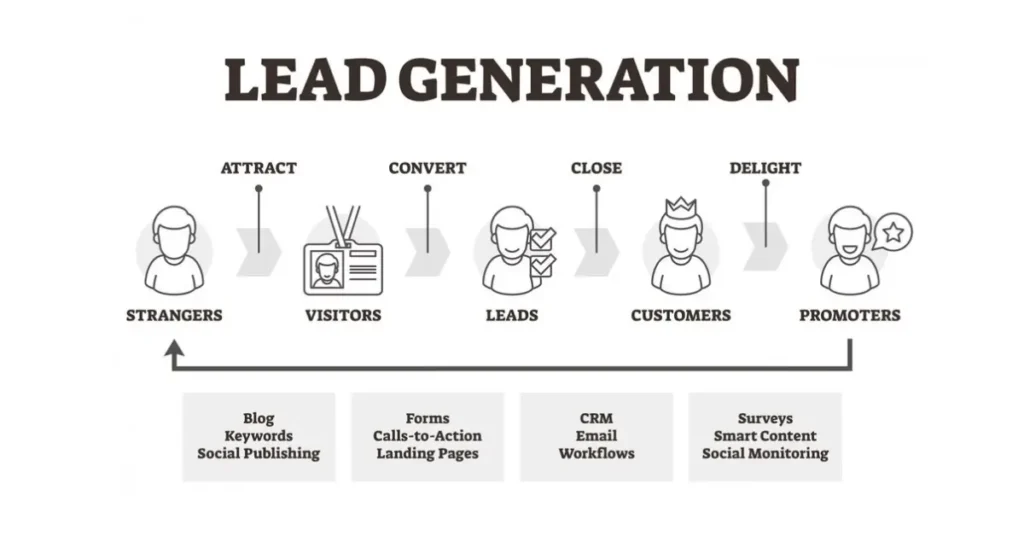Backlinks are one of the most crucial factors in improving a website’s search engine rankings and driving organic traffic. In this comprehensive guide, I will walk you through the step-by-step process of building high-quality backlinks to boost your website’s visibility and authority.
The Importance of High-Quality Backlinks
Having a strong backlink profile is essential for achieving higher rankings in search engine results pages (SERPs). Backlinks serve as a vote of confidence from other websites, indicating that your content is valuable and trustworthy. Search engines like Google consider backlinks as a key ranking factor, making it crucial to focus on building high-quality backlinks.
High-quality backlinks come from authoritative websites that have relevant content and a strong reputation in your industry. These backlinks carry more weight in boosting your website’s authority and trustworthiness. In contrast, low-quality backlinks from spammy or irrelevant websites can harm your website’s rankings and reputation.
Understanding Different Types of Backlinks
Before diving into the process of building backlinks, it’s important to understand the different types of backlinks and their impact on your website’s SEO. There are three main types of backlinks:
- Natural Backlinks: These are organic links that are earned naturally when other websites find your content valuable and link to it without any incentives or requests.
- Manual Outreach Backlinks: These are backlinks that you actively acquire by reaching out to other website owners or bloggers and requesting them to link to your content.
- Self-Created Backlinks: These are links that you create yourself, such as forum signatures, blog comments, or directory submissions. However, self-created backlinks are generally of low quality and have minimal impact on SEO.
For effective backlink building, focus on acquiring natural and manual outreach backlinks from authoritative websites in your niche.
The Process of Building Backlinks
Building high-quality backlinks requires a strategic approach. Here is a step-by-step strategy to help you build a strong backlink profile for your website:
Step 1: Conducting Competitive Research
Start by identifying your competitors’ backlink profiles. Analyze the websites that are linking to your competitors and determine their quality and relevance. This will give you valuable insights into potential backlink opportunities for your own website.
Use SEO tools like Ahrefs or SEMrush to analyze your competitors’ backlinks and gather data on their referring domains, anchor texts, and the types of content that attract backlinks.
Step 2: Creating Valuable and Shareable Content
One of the most effective ways to attract high-quality backlinks is by creating valuable and shareable content. Focus on producing high-quality articles, blog posts, infographics, or videos that provide unique insights, solve problems, or offer valuable information to your target audience.
Ensure that your content is well-researched, well-written, and visually appealing. Incorporate relevant keywords naturally and optimize your content for search engines. By creating outstanding content, you increase the chances of other websites linking to it organically.
Step 3: Reaching Out to Relevant Websites for Backlink Opportunities
Identify relevant websites in your industry that might be interested in linking to your content. Reach out to website owners, bloggers, or influencers and offer them valuable content that they can link to.
Personalize your outreach emails and clearly explain why linking to your content can benefit their audience. Make it easy for them to link to your content by providing the necessary HTML code or suggesting anchor texts.
Remember to focus on quality over quantity. A few high-quality backlinks from relevant and authoritative websites can have a greater impact than numerous low-quality backlinks.
Step 4: Guest Blogging for Backlinks
Guest blogging is an effective strategy for acquiring high-quality backlinks. Identify authoritative websites in your industry that accept guest posts and offer to write valuable content for their audience.
When guest blogging, ensure that you provide unique and valuable insights that align with the host website’s audience. Include relevant backlinks to your own website within the guest post, but avoid overdoing it to maintain the integrity of the content.
Step 5: Utilizing Social Media for Backlink Building
Social media platforms offer great opportunities for building backlinks and increasing your content’s visibility. Share your valuable content on social media channels, engage with your audience, and encourage them to share your content with their networks.
When your content gets shared on social media, it increases the chances of other websites discovering it and linking to it. Additionally, social media profiles and posts themselves can also earn backlinks from other websites.
Step 6: Monitoring and Analyzing Backlinks
Once you start building backlinks, it’s important to monitor and analyze their effectiveness. Use SEO tools to track your backlinks, monitor their quality, and identify any potential issues such as broken or toxic links.
Regularly analyze your backlink profile to identify patterns, understand which types of content attract the most backlinks, and adjust your backlink building strategy accordingly.
Common Mistakes to Avoid When Building Backlinks
Building high-quality backlinks requires careful planning and execution. Here are some common mistakes to avoid:
- Focusing on Quantity Over Quality: It’s better to have a few high-quality backlinks from authoritative websites than numerous low-quality backlinks.
- Ignoring Relevance: Backlinks from websites that are not relevant to your industry or niche have minimal impact on your website’s SEO.
- Using Black Hat SEO Tactics: Avoid using unethical tactics like buying backlinks, participating in link schemes, or engaging in keyword stuffing. These practices can lead to penalties from search engines and harm your website’s rankings.
- Neglecting Link Building Outreach: Building backlinks requires active outreach to relevant websites. Don’t wait for backlinks to come naturally; reach out to potential link partners and offer them valuable content.
Tools and Resources for Building High-Quality Backlinks
To streamline your backlink building process, consider using the following tools and resources:
- Ahrefs: A comprehensive SEO tool that provides valuable insights into competitor backlinks, keyword research, and link building opportunities.
- SEMrush: Another powerful SEO tool that offers competitor analysis, keyword research, and backlink tracking features.
- Moz: Moz offers a wide range of SEO tools, including backlink analysis and link building resources.
- BuzzStream: A tool that helps you streamline your outreach process and manage your link building campaigns.
Conclusion
Building high-quality backlinks is an essential component of any successful SEO strategy. By following the step-by-step process outlined in this guide, you can improve your website’s visibility, authority, and organic traffic.
Remember to focus on acquiring natural and manual outreach backlinks from authoritative websites in your industry, create valuable and shareable content, and regularly monitor and analyze your backlink profile. Avoid common mistakes and utilize tools and resources to streamline your backlink building efforts.
Start implementing this step-by-step strategy today to build a strong backlink profile and drive long-term organic traffic to your website.

















